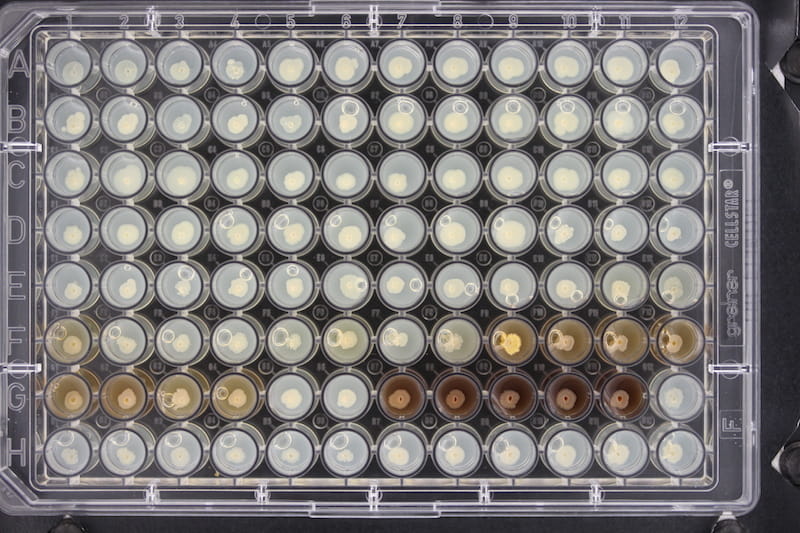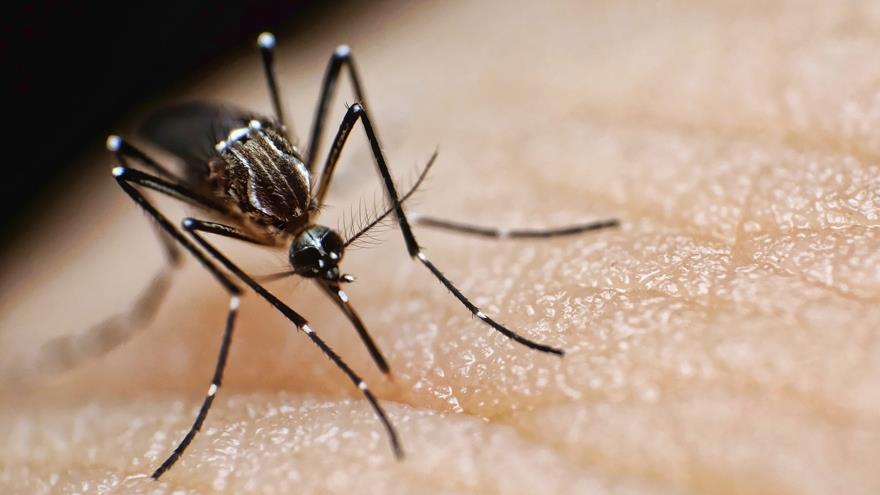Genomics Reveal How Bacteria Evolve in Cystic Fibrosis Patients

Scientists have made new headway in understanding how a deadly pathogen evolves during chronic lung infections in cystic fibrosis patients.
Cystic fibrosis (CF) is the most common fatal genetic disorder in the world. It is caused by a gene mutation that leads to a buildup of mucus in the lungs, creating an optimal environment for bacteria to thrive.
Among these pathogens is Burkholderia cenocepacia — one of the most common and life-threating species found in CF patients that is also easily transmitted and often resistant to antibiotics. This bacterium is also protected by a sticky biofilm formed by groups of the organism, which strengthens its resistance to antibiotics. Until now, researchers had only a poor understanding of how B. cenocepacia adapts to the CF lung to sustain long-term chronic infections.
But Drexel University and University of British Columbia scientists have now shown how long-term infection leads to genetic and physical changes in this species. Their study, published in Genome Research this week, provides the first comprehensive genome-phenome analyses of B. cenocepacia infection in cystic fibrosis lungs.
“By looking at changes in the genome over time, we were able to see patterns — common themes that help us to better understand how this particular species evolves in its environment and how CF patients become chronically infected,” said study co-corresponding author Joshua Chang Mell, PhD, an assistant professor at Drexel University College of Medicine.
The researchers collected 215 bacterial samples isolated from 16 cystic fibrosis patients over a time, spanning a period of up to 20 years for each patient. After using whole genome sequencing, they found that long-term infection leads to significant genetic changes, as well as physical changes, such as progressive declines in bacterial motility, and changes in biofilm formation over time. The researchers also observed broad phenotypic and genotypic variation for samples obtained from the same patient at the same time.
The study increases the number of genome sequences for the species by more than 10-fold, and by coupling these genomes with extensive phenotypic tests, it offers a unique resource for understanding how the species evolves in the context of chronic lung infection.
“We expected, based on anecdotal observations and single strain reports, that the genome of B. cenocepacia was flexible, but we had no idea of the scope and scale of how promiscuous the gene content and genome architecture would be in a modest-sized patient cohort,” said co-corresponding author, Corey Nislow, PhD, an assistant professor at the University of British Columbia.
What researchers found most surprising was that some bacterial traits typically associated with pathogenesis (namely motility and biofilm formation) actually became less pronounced over time.
“This suggests that one way the bacterium may be adapting to long-term chronic lung infection is by becoming less aggressive and thus potentially more able to avoid the immune system,” said Mell.
The researchers also identified numerous genes associated with swimming motility and biofilm formation, and future work will show whether these might be promising targets for future drugs.
“We expect this rich resource will provide for interrogating clinical isolates of B. cenocepacia both to address basic biological questions about how bacteria evolve within infections and to help characterize future outbreaks,” the authors concluded.
In This Article
Contact
Drexel News is produced by
University Marketing and Communications.
